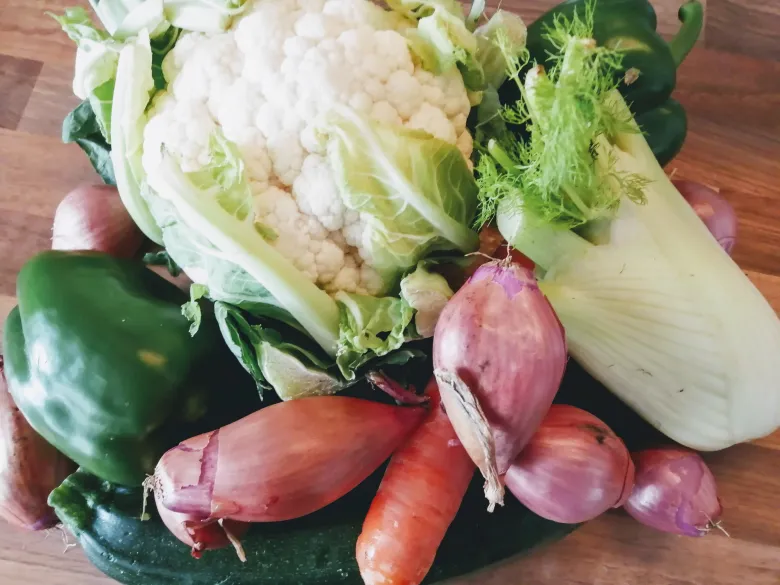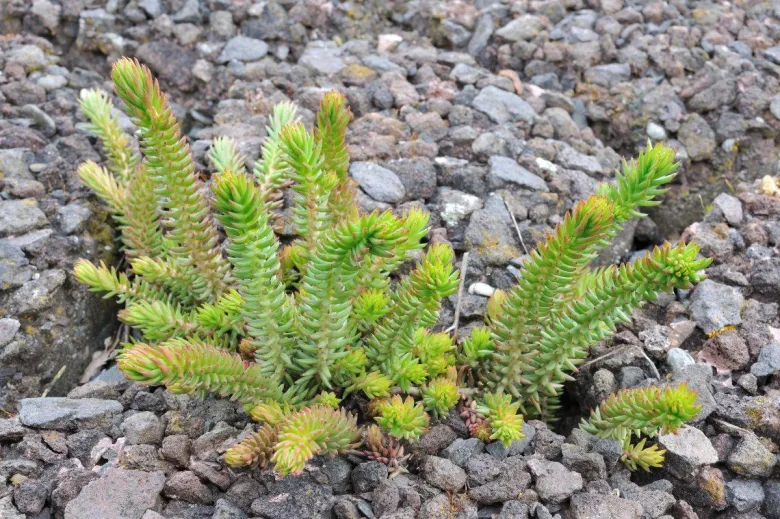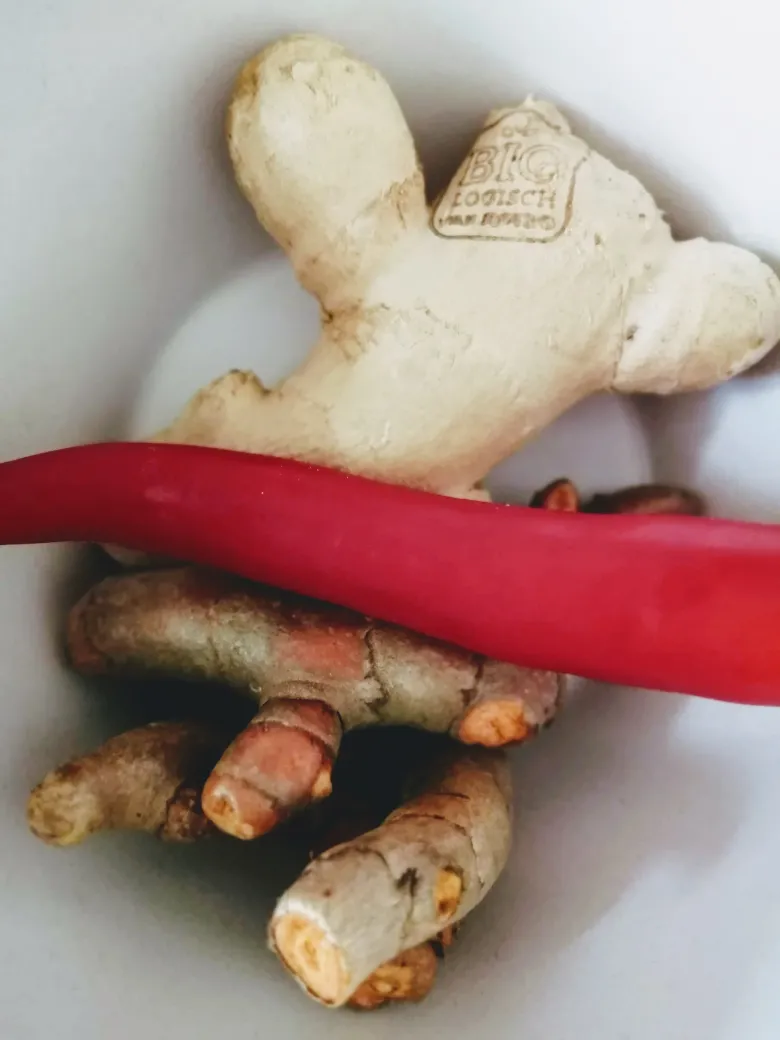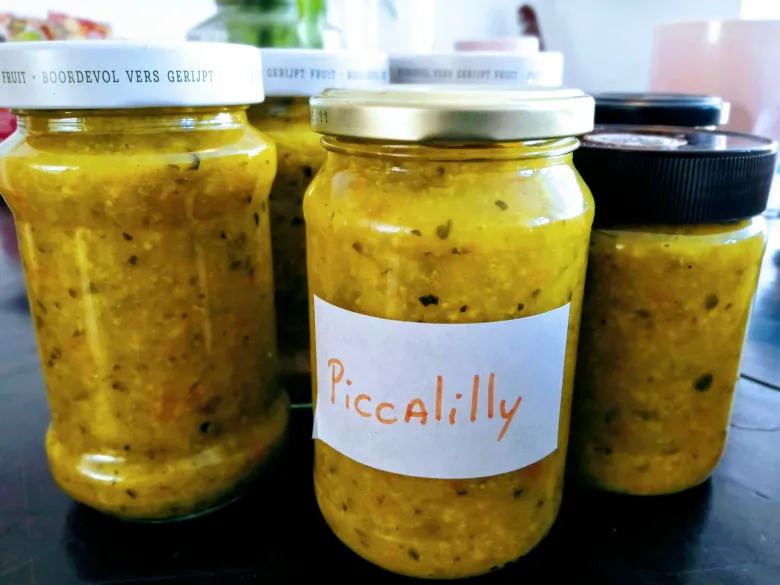Ralph shares his recipe for piccalilli. This yellow concoction of pickled vegetables used to be a staple food for hungry sailors, together with field peas, bacon and onions. This has been considered a true and traditional Captain’s Dinner, but was it really….?
They say that piccalilli is part of a Captain’s Dinner. When we researched this topic for Yvette van Boven’s TV show, we found out that this was not completely true. There is no such a thing as a standardized Captain’s Dinner of field peas, bacon and piccalilli.
Piccalilli originated in England. The first written recipe appears to be Lady Anne Blencowe’s. In 1694 she wrote down a recipe that she called “to pickle lila”, which she in turn accredited to Lord Kilmore.

"The great thing about piccalilli is that it is a very adjustable and forgiving condiment. You can use up leftovers; there is no fixed recipe. It almost always contains vinegar, salt, turmeric and cauliflower, but the rest is up to your imagination. "
So “picca” for pickled vegetables, but “lilli?” It possibly originated from the Indian word “leyha”, which means “to lick”. Therefore it seems logical that the word “piccalilli” means “spreadable pickles”.
There have been rumours that piccalilli was of Dutch origin, but the first written accounts were by Haasje van Notten, almost a century after Blencowe’s.
The great thing about piccalilli is that it is a very adjustable and forgiving condiment. You can use up leftovers; there is no fixed recipe. It almost always contains vinegar, salt, turmeric and cauliflower, but the rest is up to your imagination. In some recipes from the olden days they even mention lettuce, purslane stalks and stonecrop.

"In some recipes from the olden days they even mention lettuce, purslane stalks and stonecrop"
ingredients
for 2kg of piccalilli, which makes about 6 pots
- 1 cauliflower, or 500 g cauliflower florets
- 500 g shallots, finely diced
- 2 green courgettes, diced
- 1 fennel bulb, diced
- 2 green bell peppers, cleaned
- 1 sizable carrot, cleaned and diced
- 1,5 l pickling vinegar
- 300 g salt (yes, really, 300 grams!)
- 200 g sugar
- 2 cm ginger, finely sliced
- 20 g fresh turmeric, finely sliced, or 2 tbsp powdered turmeric
- 1 red chili, seeded
- 1 tbsp mustard powder
- 1 tbsp fennel seeds
- 2 tsp mustard seeds
- 40 g corn starch

"It is not particularly complicated to make piccalilli, but it does take a lot of time. You will need to be patient!"
Method
It is not particularly complicated to make piccalilli, but it does take a lot of time. You will need to be patient!
day 1
- Mix all the vegetables (cauliflower, shallot, courgette, fennel, bell pepper, carrot) with the salt in a sizable container. Leave this for 24 hours, preferably refrigerated.
- In the meantime you can also prepare the pickling liquid. Bring the vinegar to the boil with the sugar and the spices; boil for a few minutes, then turn the heat off. Let the vinegar cool with all the spices - the longer the better!

"Let the vinegar cool with all the spices - the longer the better!"
day 2
- You will notice a significant amount of liquid in the vegetable container. Drain the vegetables, and rinse them properly with water. Drain again.
- Pass the pickling liquid through a sieve. Keep half a cup of the liquid on the side. Bring the rest of the liquid to the boil. Cook the vegetables to “al dente”, or to however soft you want your piccalilli to be.
- Mix the corn starch with the reserved, cold vinegar and boil it in the hot vinegar to bind the pickling liquid slightly.

"After they cool down you can keep them in a dry basement or in the refrigerator. After about a month the piccalilli is edible."
- Now you can grind the mixture to your liking. Some like it coarsely ground, but I like the piccalilli to be spreadable, so I grind it fairly finely. I use my food processor for this.
- Fill your sanitized jars with the hot piccalilli, and close the lids tightly. After they cool down you can keep them in a dry basement or in the refrigerator. After about a month the piccalilli is edible.
day 29
- Bon appetit!

Ralph Dahlhaus is executive chef at the National Maritime Museum. These recipes allow you to follow the “Dutch Cuisine” principles: tasty, sustainable, varied, honest and seasonal.